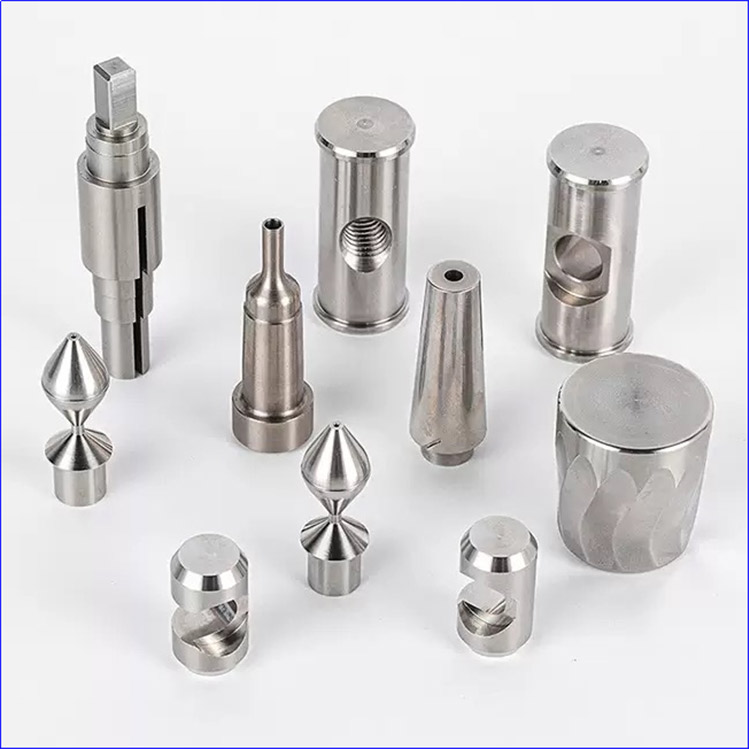How to prepare drawing for CNC machining components?
2025-11-03
How can you prepare technical drawings like these for CNC machining to speed up the manufacturing process and reduce the risk of errors when transferring information to the CNC machine controller?
The ability to draw technical drawings is a fundamental skill for every engineer. The ability to create such detailed views allows us to graphically represent parts or entire systems in an easy-to-understand manner, indicating all dimensions and tolerances, maintaining scale, and providing necessary dimensions or angles.
What should a CNC technical drawing contain?
A technical drawing sent to a company with CNC equipment (CNC milling or lathe) accurately describes the shape of the ordered part. It forms part of the project's technical documentation and is key information you need to receive a good quote for CNC precision machined part production.
How to prepare a CNC machining project and what information should be included in such documentation:
Careful preparation should be done to maximize readability; for example, views should not overlap.
Include all necessary dimensional information (length, width, depth, angles, radii, holes, threads, etc.) and present them in view and with explanations; supplementary information should be provided if necessary.
Describe all necessary grooves, thread pitch, etc. If any area in the drawing is difficult to identify (e.g., requiring detailed description), create a separate view and describe it at a more readable scale.
Include at least one isometric view of the part being ordered, preferably using a scale consistent with the part description.
Add a legend (e.g., "All dimensions are in millimeters" or "A single letter x represents...").
Specify surface finish requirements (e.g., "for further anodizing treatment").
Include standard tolerance information (e.g., "less than 0.1 mm").
On the technical drawing sent with the CNC machining order, it's best to include the required material (e.g., "7075 aluminum") or the standard used to produce this specific technical drawing (if you're familiar with the part's design, this can be provided). Also include the ISO standard (e.g., the required surface finish, as determined from memory).
This list is relatively long, but an experienced draftsman or engineer will automatically include this information in the drawing.

If any information is missing, a professional CNC machining company like Nuote Metals will notice and request clarification. Don't hesitate to contact us for assistance.
Regardless of the format in which CNC machining technical drawings are delivered, they should be legible and carefully scrutinized. This not only makes it easier to read the technical drawings but also avoids later problems when transferring the information contained in the drawings to CAD software or converting it into the G-code used by CNC machines.
In what format should technical drawings be delivered?
From the perspective of the customer, the estimating team, or the team ultimately fulfilling the order, the optimal format is a 3D CAD file or a file generated by such software, preferably in a vector format (for example, saved as a PDF).
This format allows for fast transfers between computers and immediately informs the company staff involved in CNC machining whether additional conversion pricing is required.
It also allows for the rapid transfer of partial data to CAD software and further conversion into G-code understandable by the CNC machine.
Why meticulously prepare technical drawings?
The reason is simple: to minimize the risk of errors that could lead to the incorrect manufacture of the ordered CNC turning parts. Often, a single misspecified dimension can result in an entire batch of parts being remelted or undergoing costly further processing.
Furthermore, most companies specializing in CNC machining services consider technical drawings to be key documents for subsequent work.
While part information in CAD files is easier to transfer to the CNC machine controller, the specific data on dimensions or internal features in technical drawings serves as a starting point and a reference during the correctness verification process.
This is crucial, especially when working with a large number of elements. If a single value is incorrect, the entire project can be impacted, requiring revisions and/or restarts.
At Nuote Metals, we thoroughly review every technical drawing for a project. We verify that all dimensions are legible and that the ordered part can be manufactured based on this document. Of course, we also provide customers with samples based on the drawings to ensure the feasibility of the part design.



